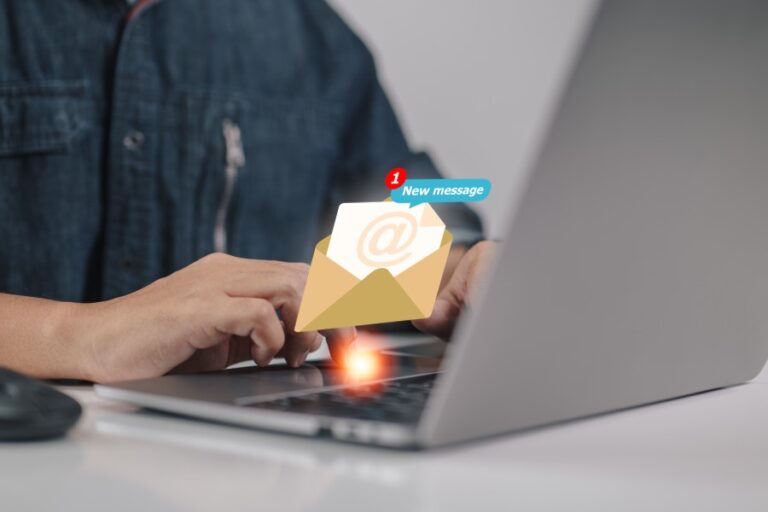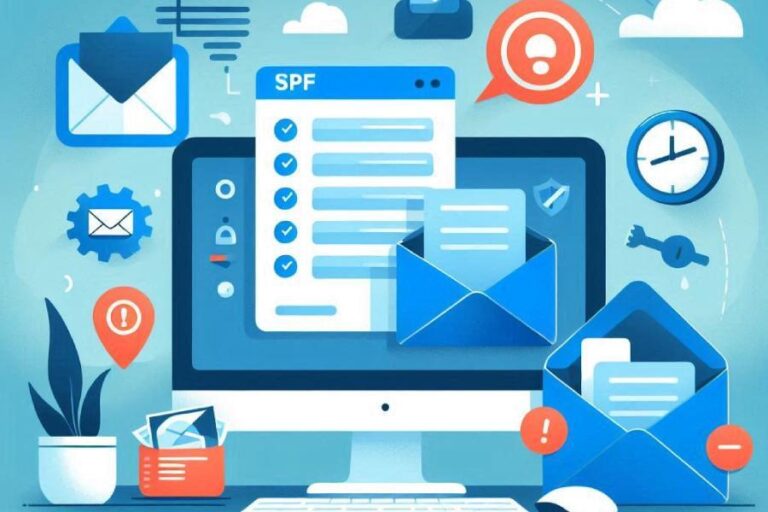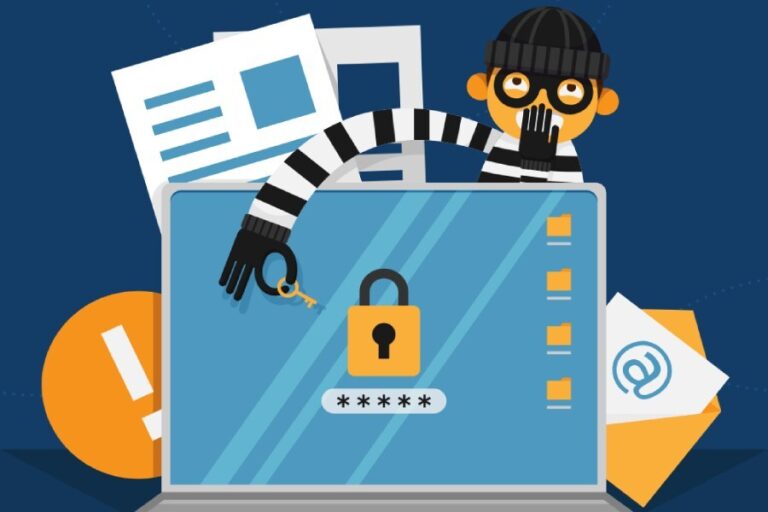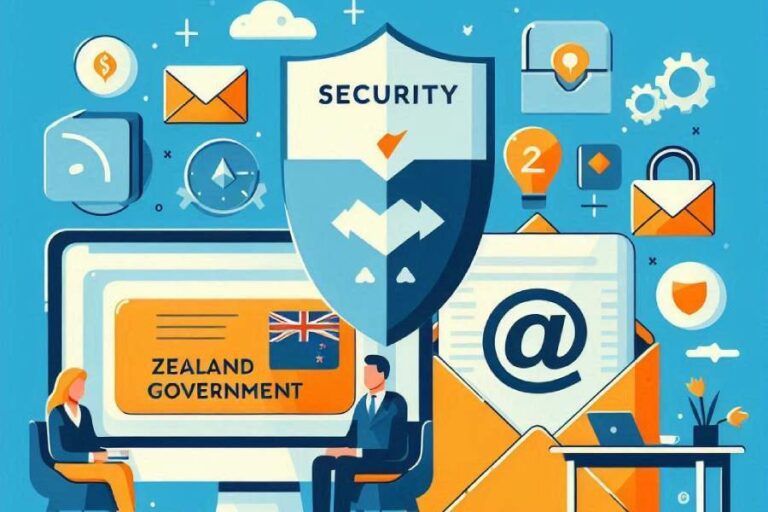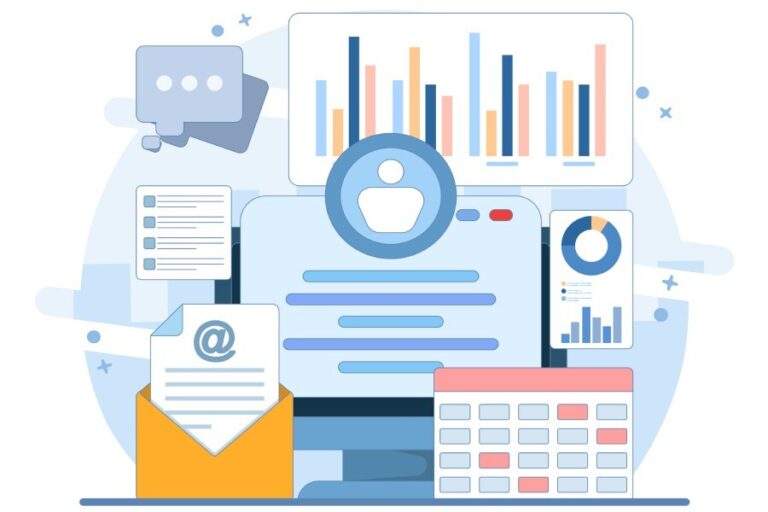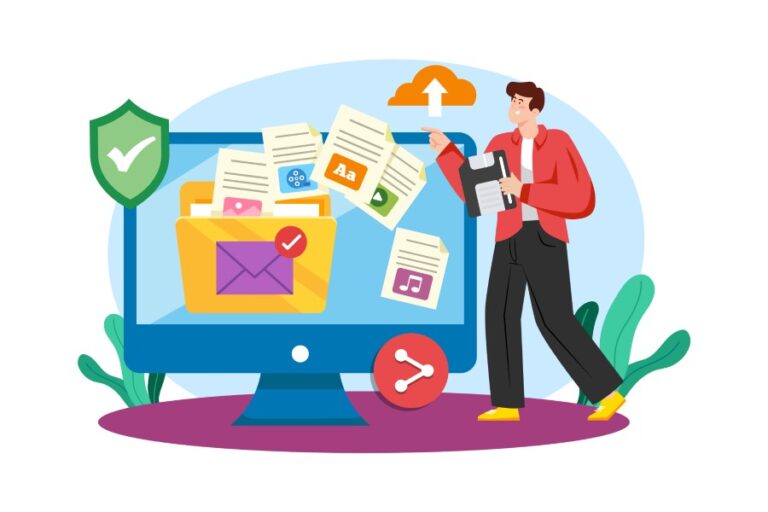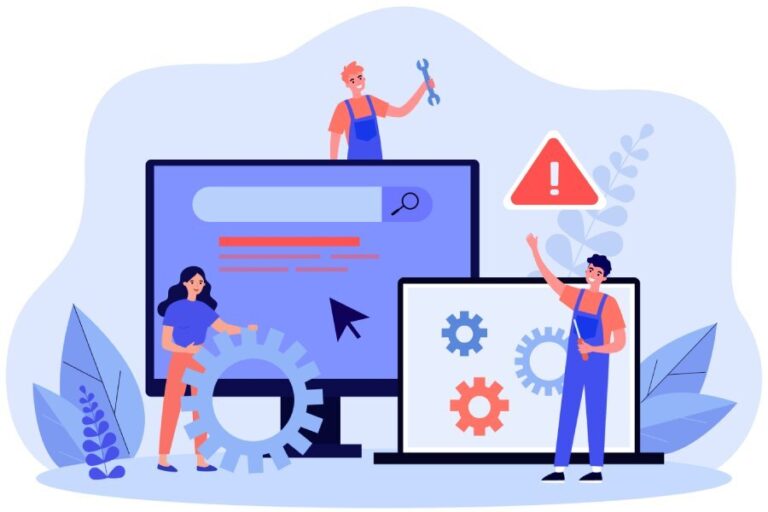DKIM Authentication: A Complete Guide to Secure Email Deliverability
In the digital age, where nearly everyone relies on email for communication, ensuring your messages reach their intended recipients without being hijacked or altered has become a top priority. You might wonder, how can I make sure my emails are secure and trustworthy? Well, that’s where DKIM, or DomainKeys Identified Mail, comes into play. Think…
